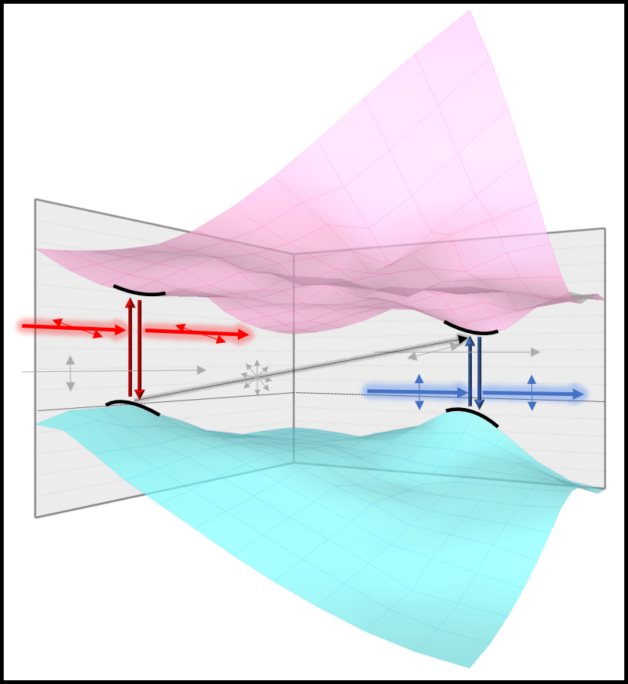Valleytronics Discovery Could Extend Limits of Moore’s Law

by
April 13, 2018
Transistors are widely used in electronic applications, acting like switches with on/off states that are controlled by electric currents. As there is an ever-increasing need to pack more transistors into a unit volume, commonly known as the Moore’s Law, there have been concerns over the approaching of the physical size limit of transistors. Many advancements have since been made in the field to overcome this issue, primarily by adding additional degrees of freedom on top of electronics. People have developed “spintronics”, a concept that uses the up and down spins of electrons in materials as the on/off states. More recently, “valleytronics” has come into fashion. Valleytronics utilizes the highly selective response of certain materials under certain illumination conditions to denote the on/off states. Recently, Prof. Yao’s group reported a novel valleytronics material, SnS, that is able to absorb different polarizations of light and then selectively reemit light of different colors at different polarizations. This material is different from previously investigated valleytronics materials as it possesses such selectivity at room temperature, in bulk, and without additional biases apart from the excitation light source. This is a breakthrough as it not only deepens our understanding of valleytronic science, but will also enable more practical applications. More information here: https://newscenter.lbl.gov/2018/04/13/valleytronics-discovery-could-extend-limits-of-moores-law/
Contact Us
Department offices are located in 210 Hearst Memorial Mining Building, in the Northeast corner of campus.
Address:
Department of Materials Science and Engineering
210 Hearst Memorial Mining Building
University of California
Berkeley, CA 94720-1760
Phone: (510) 642-3801
Fax: (510) 643-5792
